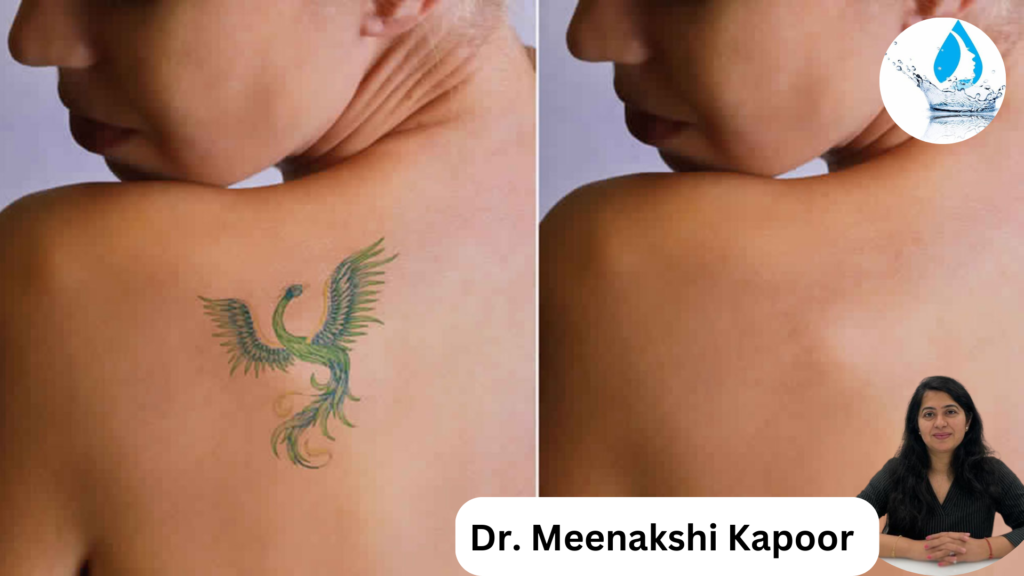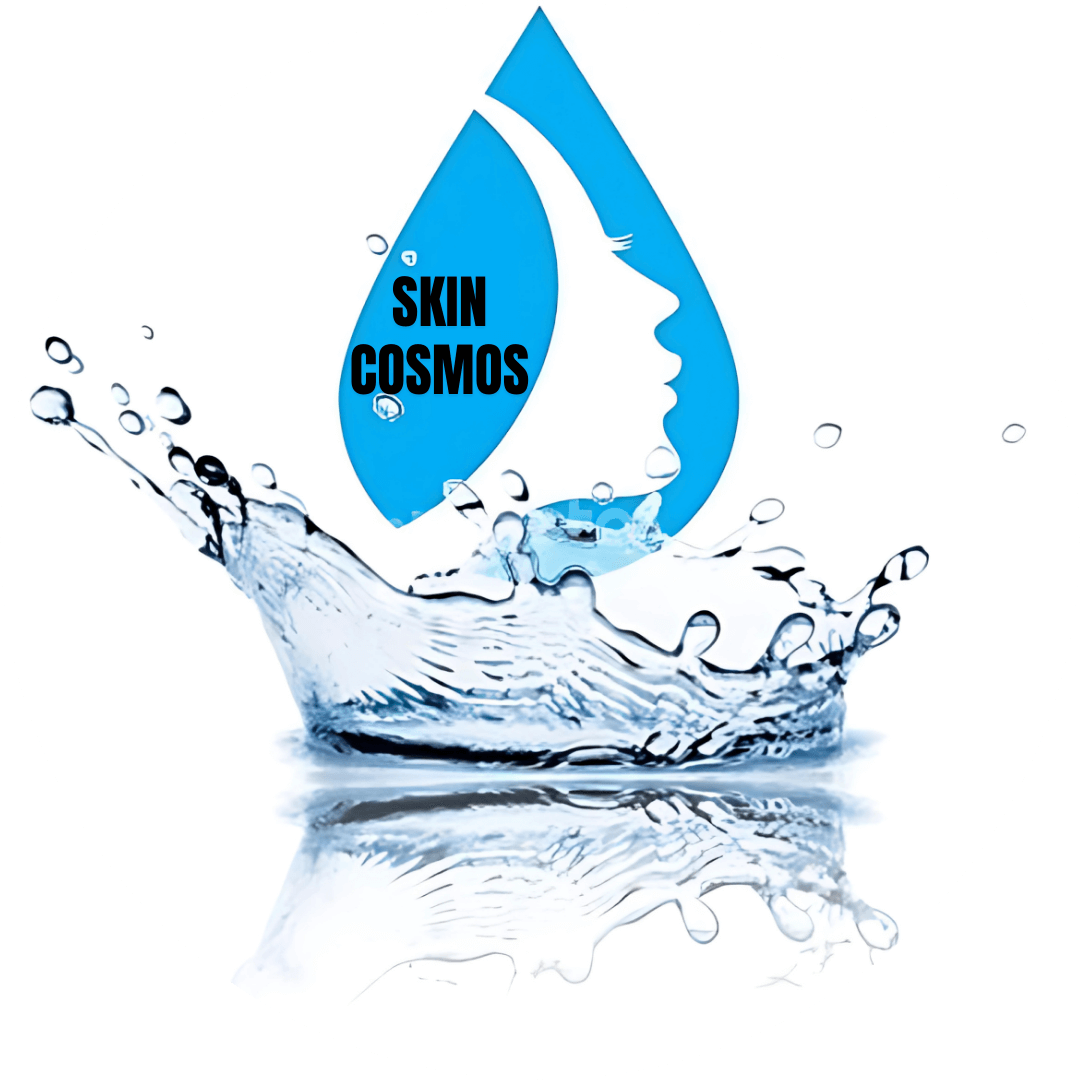
Tatoo Removal Treatment in Rohini,Delhi
Tattoo removal is a process designed to eliminate or significantly reduce the appearance of a tattoo from the skin. Tattoos are created by injecting ink into the skin’s dermal layer, and removing them can be more challenging than getting a tattoo. Several methods are employed for tattoo removal, and their effectiveness can vary depending on factors such as the size, color, type of ink, age of the tattoo, and the individual’s skin.
Here are some common methods for tattoo removal:
- Laser Tattoo Removal: This is the most common and effective method. It uses high-intensity light pulses to break down the ink particles in the tattoo. The body’s immune system then gradually removes these smaller ink particles. Multiple sessions are usually required, and the tattoo lightens with each treatment. Different types of lasers may be used to target specific ink colors.
- Intense Pulsed Light (IPL) Therapy: Similar to laser therapy, IPL uses broad-spectrum light to break down tattoo ink. It’s most effective on dark tattoos, and multiple sessions are typically necessary.
- Surgical Tattoo Removal: This method involves surgically cutting out the tattooed skin and stitching the remaining skin back together. It’s typically used for small tattoos and may leave a scar.
- Dermabrasion: Dermabrasion involves mechanically scraping the top layers of the skin to remove the tattoo. This method can be painful and may leave a scar.
- Chemical Peel: Chemical peels use acids to remove layers of the skin, which can help lighten the tattoo. Multiple sessions are often needed, and scarring is possible.
- Salabrasion: Salabrasion involves rubbing salt on the tattooed area and then using an abrasive tool to remove the layers of skin. It can be painful and may not completely remove the tattoo.
- Tattoo Removal Creams: There are over-the-counter and prescription creams designed to fade tattoos gradually. These creams may be less effective, especially for large or dark tattoos.
- Cover-Up Tattoos: In some cases, a new tattoo can be designed to cover the existing tattoo, effectively hiding it with a new design.


